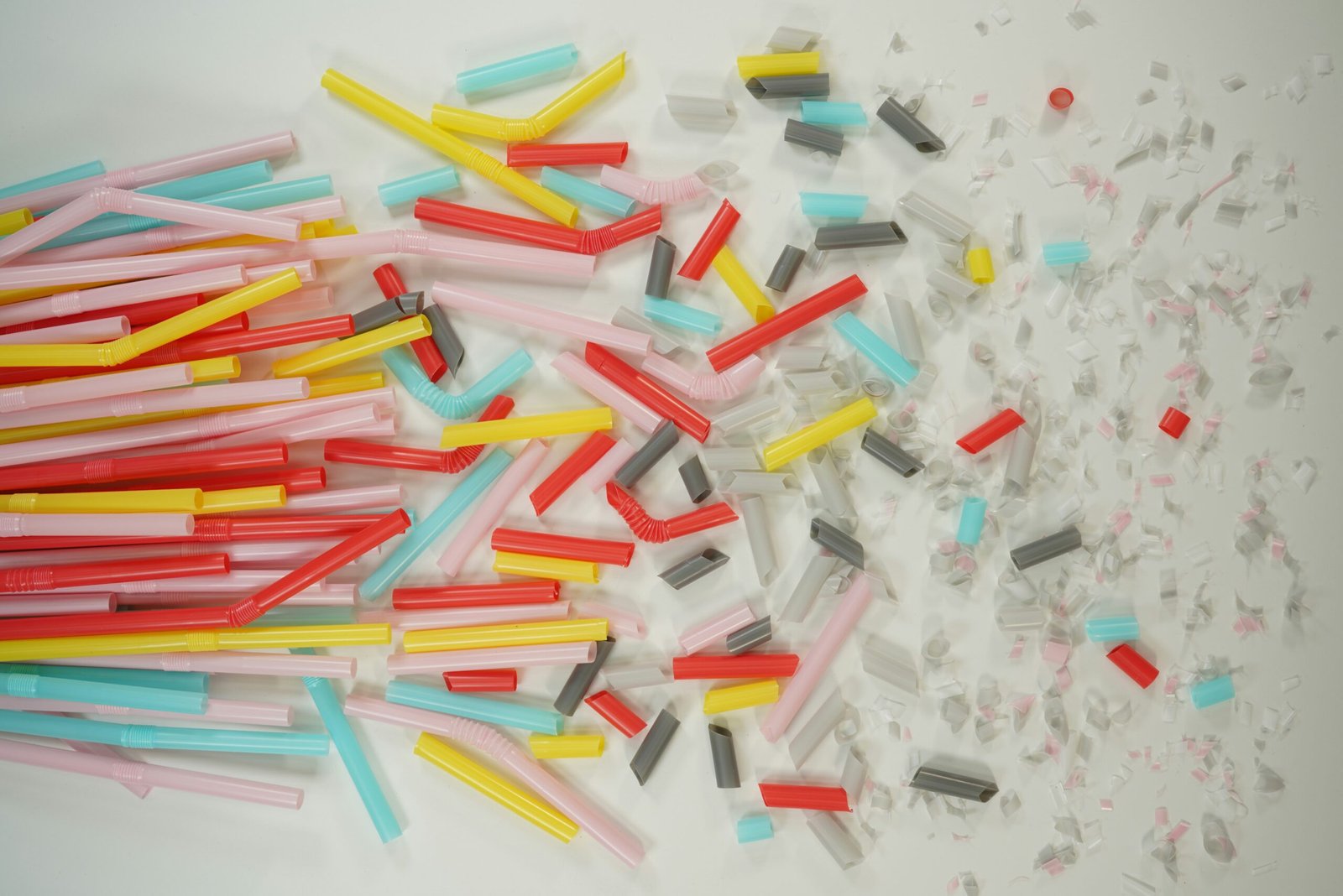Introduction
Microplastics have become a growing concern in recent years due to their impact on the environment and potential health risks. These tiny plastic particles, measuring less than 5mm in size, can be found in various everyday items that we use. In this article, we will explore five common things that contain microplastics and provide tips on how to avoid them. By making small changes in our daily lives, we can contribute to a more environmentally friendly lifestyle.
Read this article and do not forget to check the YouTube channel “Kurtis Baute” for amazing videos:
https://www.youtube.com/@ScopeofScience
You Eat Plastic Every Day. Here’s How To Avoid It. (video)
Cosmetics and Personal Care Products
One of the major sources of microplastics is cosmetics and personal care products. Many skincare and beauty products contain microbeads, which are tiny plastic particles used for exfoliation or as fillers. These microbeads can easily find their way into the environment, as they are too small to be filtered out by wastewater treatment plants.
To avoid microplastics in cosmetics and personal care products, look for products that are labeled as “microbead-free” or “plastic-free.” Instead, opt for natural alternatives such as products with biodegradable exfoliants like sugar or salt. Additionally, consider using solid bar soaps or shampoo bars, as they often come in plastic-free packaging and eliminate the need for plastic bottles.
Clothing and Textiles
You might be surprised to learn that your clothing can also contribute to the microplastic problem. Many synthetic fabrics, such as polyester and nylon, shed tiny plastic fibers when washed. These fibers then enter our waterways and oceans, posing a threat to marine life.
To minimize microplastics from clothing, choose natural fibers like cotton, linen, or hemp whenever possible. These materials are biodegradable and less likely to release microplastics. If you do have synthetic clothing, consider using a microfiber-catching laundry bag or washing them on a shorter, gentler cycle to reduce fiber shedding.
Plastic Packaging
Plastic packaging is another significant contributor to microplastics in our everyday lives. From food containers to beverage bottles, single-use plastics are prevalent and often end up as microplastic pollution.
To reduce your reliance on plastic packaging, try to choose products with minimal or no plastic packaging. Look for alternatives such as glass containers, paper packaging, or products sold in bulk. Bringing your own reusable bags and containers when shopping can also help reduce the amount of plastic waste generated.
Household Cleaning Products
Many household cleaning products, including dishwashing detergents and laundry detergents, contain microplastics. These microplastics are often used as thickeners or abrasives in these products.
To avoid microplastics in household cleaning products, read the labels carefully and choose products that are labeled as “microplastic-free” or “plastic-free.” Alternatively, you can make your own cleaning products using natural ingredients like vinegar, baking soda, and essential oils. Not only will this reduce your exposure to microplastics, but it will also be more environmentally friendly.
Single-Use Plastics
Single-use plastics, such as plastic bags, straws, and disposable cutlery, are major contributors to microplastic pollution. These items are often used once and then discarded, ending up in landfills or finding their way into the environment.
To limit your use of single-use plastics, consider switching to reusable alternatives. Invest in a set of reusable shopping bags, carry a reusable water bottle and coffee cup, and bring your own cutlery and reusable straw when dining out. These small changes can make a big difference in reducing microplastic pollution.
Conclusion
Avoiding microplastics in everyday life is a conscious choice that can have a positive impact on the environment. By being aware of the sources of microplastics and making small changes, such as opting for plastic-free products, choosing natural fibers, reducing plastic packaging, using microplastic-free cleaning products, and avoiding single-use plastics, we can contribute to a more sustainable and environmentally friendly lifestyle. Let’s take these small, green steps towards a future free from microplastics.
Other related posts from our website:
https://howtobuildahouseblog.com/10-smart-tips-for-a-functional-and-stylish-bathroom-renovation/
https://howtobuildahouseblog.com/smart-tips-for-choosing-a-floor-color/
https://howtobuildahouseblog.com/bedroom-makeover-smart-tips-that-make-all-the-difference/
Thank you so much for your attention.
Stay tuned. We will upload many other amazing posts to our website and videos onto our YouTube channel.
Thank you so much.
for your time and attention.
Best Regards
See you to another post,
Bye, Bye

